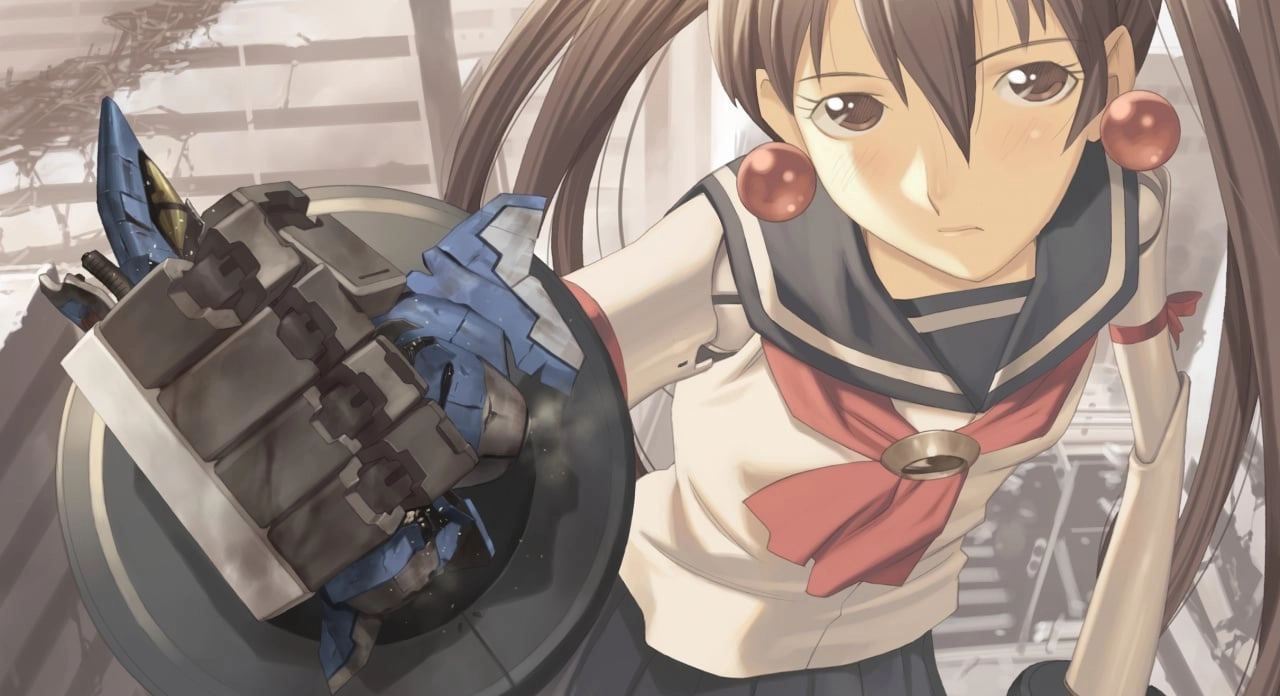
The world of arcade shoot-em-ups, or shmups, underwent a monumental shift with the advent of the DonPachi series by developer CAVE. Released in 1995, the series revitalized a genre that was seen as outmoded and inspired a niche community. The birth of "bullet hell," characterized by innumerable bullets filling the screen, stemmed from the contributions of a then-new company called CAVE, made up of former employees from the shuttered Toaplan—a developer highly regarded for their 80s shmups.
Tsuneki Ikeda, a Toaplan alumnus, was instrumental in developing this sub-genre that altered shmups by emphasizing a dance with danger among a deluge of projectiles. CAVE's introduction of bullet hell began with Batsugun, Toaplan's last game before closing down. Ikeda then transferred this nascent gameplay style to CAVE's first foray into the arcade scene with DonPachi and its subsequent sequels.
The DonPachi series established a new kind of arcade experience. Instead of dwindling under the burgeoning 3D gaming era, it carved its own devout following. CAVE committed to offering intricate game mechanisms that appealed to the most dedicated of players, particularly those seeking to master these games for high scores. CAVE's work screamed rebellion and quickly became synonymous with the core of hardcore gaming.
Although largely unnoticed by the Western gaming media, which was enamored with another shmup, Ikaruga, the DonPachi series built a formidable reputation among enthusiasts. The games, particularly the early titles like DonPachi and DoDonPachi, were released on consoles such as the Saturn and PlayStation, albeit only in Japan.
For the discerning shmup fan, DonPachi was more than just another arcade title. It showcased a triumphant combination of frenetic gameplay, a 25-minute rush of unrelenting action, and adrenaline-pumping experiences. Ikeda's leadership within CAVE was reflected in both his technical and creative direction, with games like ESP Ra.De. continuing to push creative boundaries.
DonPachi and its sequels, like DoDonPachi in 1997, built upon this with evolution in game mechanics, increased bullet counts, bomb styles, and distinctively difficult bosses. Later titles such as DoDonPachi DaiOuJou in 2002 solidified the series' place in shmup history with its balanced yet challenging gameplay, hyper-focused design, and rage-inducing difficulty that drove players to defy the odds and achieve vicarious victories.
In 2008, the series received a controversial edition, DoDonPachi Resurrection, which introduced the auto bomb for beginners but catered too far from the hardcore scene that had come to respect CAVE's merciless approach. Nonetheless, this title, with its vibrant graphics and ship variations, brought a new level of bombastic splendor to the series.
DoDonPachi SaiDaiOuJou released in 2012, marked the end of CAVE's legacy in the arcade market, serving as an amalgamation of everything that had defined the series. It brought the genre full circle, focusing on dodging rather than canceling bullets. While it simplified some elements, it maintained the intensity and passion that the series was known for.
As CAVE's final bow, SaiDaiOuJou was an almost perfect swan song—a testament to the developer's unmatched dedication to crafting a deeply engaging and thrilling experience through a genre they resurrected and ruled. DoDonPachi wasn't just a game—it was a herald of a subculture, a testament to precision gameplay, and a symbol of a company that blazed its trail through an era where the arcade's relevance was in question.
Today, CAVE's dedication to combining survival tactics with intricate scoring systems lays the foundation for why players continue to return to the DonPachi series. The layered complexity that allows for both an immediate rush and a deeply strategized experience has left an indelible mark on the shmup genre. While CAVE may no longer dominate the arcade scene, the impact of DonPachi and its successors endures, proving that even the most overwhelming of storms can birth legends that stand the test of time.
You must be logged in to post a comment!